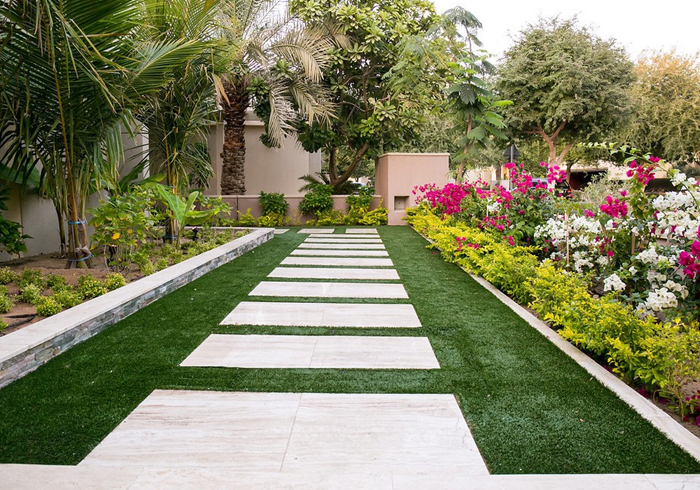The 25-Second Trick For Landscape Design
The 25-Second Trick For Landscape Design
Blog Article
The Of Landscape Design
Table of ContentsHow Landscape Design can Save You Time, Stress, and Money.Top Guidelines Of Landscape DesignLandscape Design - QuestionsThe Only Guide to Landscape DesignSee This Report about Landscape Design
A lawn can typically be split right into 3 areas: public (the front backyard), personal (the back lawn), and service (usually the side lawn). The location of task locations depends mainly on the kind of area, the dimension of room required, the kind of task, and the preferred closeness to various other activities and frameworks.The outdoors wall surface of the home commonly serves as the first wall or starting point of an exterior area. Incompatible usages should be separated, and related tasks, such as cooking and eating, ought to be created to make the backyard more reliable and satisfying. When utilizing hardscape to develop rooms, make use of construction product comparable to that utilized in your home for continuity from your house into the garden.
Connected areas. Credit Scores: Gail Hansen, UF/IFAS Utilizing comparable hardscape functions and duplicating plants draws the eye around the garden. Crucial points along the road can be emphasized with plantings or features that draw interest and encourage activity in a certain direction. Relocating along the path takes an individual from one area to the next and allows the user to have a variety of experiences.
Unknown Facts About Landscape Design

For psychological comfort plants are utilized as physical or suggested barriers for privacy and safety. Physical obstacles block both the view and access to a space and consist of fencings, wall surfaces and plant hedges. Indicated obstacles, typically low growing plants, block accessibility but not the view (Number 9). Other functions of plants include cleansing the air, protecting against disintegration and dirt loss, retaining wetness in the soil, and returning natural matter to the soil.
Physical and indicated barriers. Credit History: Gail Hansen, UF/IFAS For these factors, the kinds of plants to be made use of (such as trees, shrubs, or groundcovers) should be chosen in the beginning of preparation (Landscape Design). Plant types are chosen for their functional abilities to make sure that their future function and needed room can be thought about at the very same time

The Buzz on Landscape Design
Each plant mass is in front of, behind, or following to, one more mass. Credit Score: sites Gail Hansen, UF/IFAS Repeating plants within a mass and repeating masses with comparable plants links the garden together. see it here The specific plant characteristics must be considered to efficiently layer and mass plants.
All plant structures start with the main framework plants, the huge, mainly evergreen history plants-such as the trees and big shrubs. These plants separate or enframe rooms, regulate the size of the area, and give the beginning factor for picking the appropriate qualities of the 2nd layer, midground plants, for massing and infill.
Vital points in the yard should be highlighted by the use of unique plants, unique frameworks, or garden accessories. Noting limits or entries to areas can be performed with gateways, arbors, and actions, or via using one-of-a-kind and vivid plants. The form and/or design motif of the garden will typically aid determine the important points and just how they must be highlighted.
Other important areas in the lawn are focal points, which is utilized to aesthetically arrange a landscaped location. Various viewpoints or point of views can expose different structures in the landscape that might need a variety of focal points.
Our Landscape Design Statements
Figure 13. Plant types. Credit Report: Gail Hansen, UF/IFAS After type, structure is the next dominant attribute of a plant; crude, tool and fine structures can be used for contrast and emphasis in the landscape. Kind and structure both trump shade in the yard for the majority of the year. Nevertheless, throughout certain seasons, shade will certainly be one of the most recognizable feature of the garden.
The pleasurable aroma of plants, the noise of wind in the trees, the noise and texture of water, and the shades and structures of sculptures, pots and yard furnishings all include in the experience of the yard. One detail that is frequently ignored is the effect of light on the appearances of the plants.

Top Guidelines Of Landscape Design
It is necessary to know the ultimate mature size of plants so they can be put in the right location and spaced properly when they are set up. Providing plants room to expand is an obstacle because the typical fully grown dimension is generally based on ideal expanding problems and the ecological conditions of a website might trigger a plant to enlarge or stay smaller.
Report this page